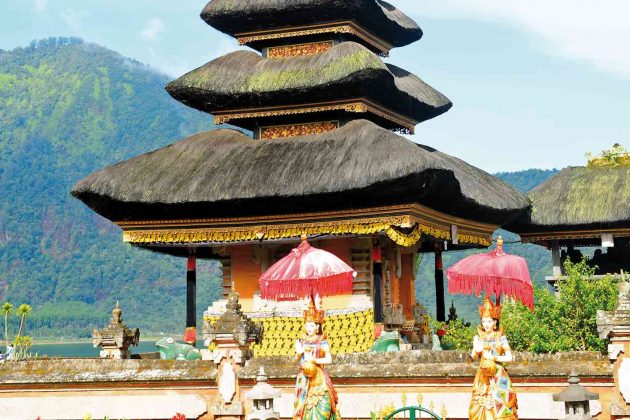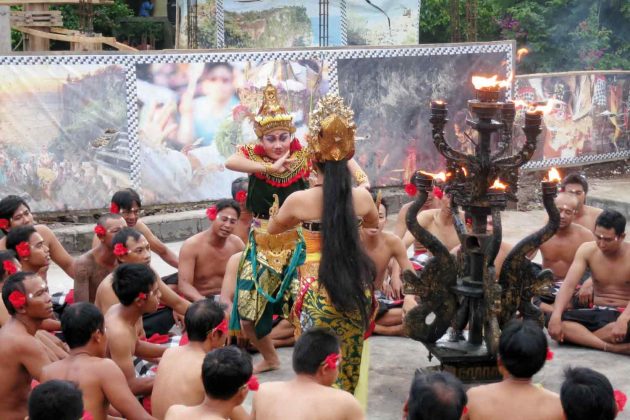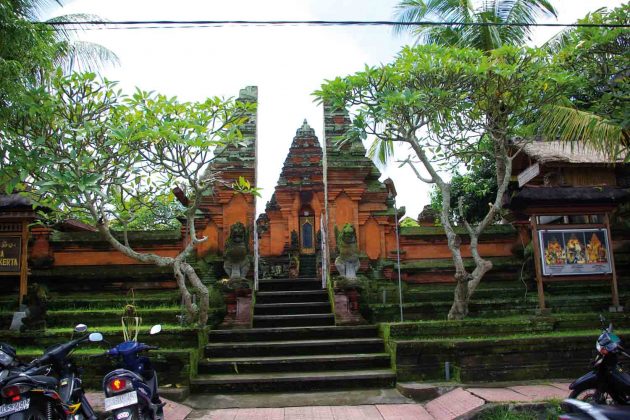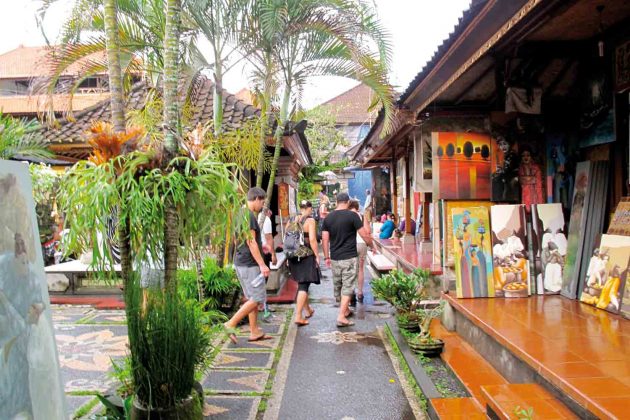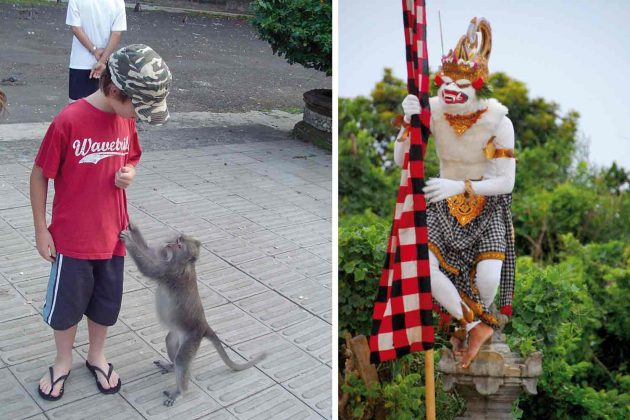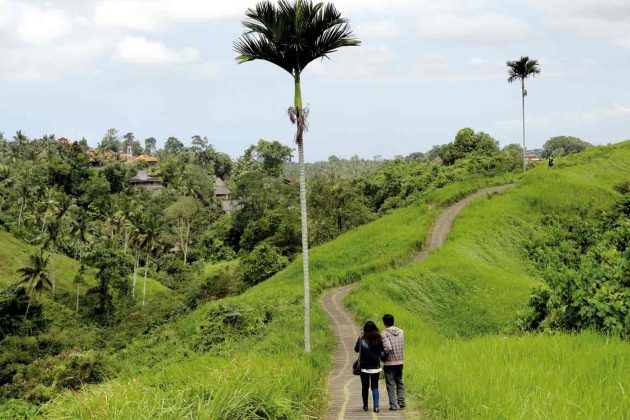Casting off the snug cloak of certitude and comfort for the scruffy, patched up jacket of adventure always gets me high and my travels often bring me face to face with others who are enlivened with the same idea. I always thought we are identical in that sense.
Turns out we’re as identical as two similar looking ice cream flavours—both white and creamy—but one is speckled with Oreos and the other with brown chunks of caramel. And you don’t know which is which until you take a closer look. I did just that and found Seema’s travels amount to lounging by the sea, watching waves; Paul likes to visit local cafes; Jacelyn hikes in the wilderness while my friend William, a Miyazaki fan, visits Japanese sights that are inspirations for artistic settings featured in Studio Ghibli films.
I put myself under the microscope too and discover I’m the type that thrives to explore everything in the guidebook, from the touristy to the ‘nobody cares about’ sights. Until my hamstrings ache, I don’t feel I’ve travelled at all. And with this realisation came the desire to try a radically different travel style and see if I can still quench my curiosities and gain cultural insights.
Discreetly lit paths wound past majestic banyans, thickets of bamboos, ferns, climbers and coconut trees, leading to thatched roof cottages
Bali is my lab
I’d execute my plan in Bali—an Indonesian island, nine times the size of Mumbai and up the ante by restricting myself only to Ubud, Bali’s cultural capital. This trip wouldn’t be about spreading myself thin but about anchoring myself.
For 300k Rupiah, Agung was driving us from the airport to Ubud—but not without asking the question every cab driver in Bali enquires of his backseat passenger: What are your plans?
I had talked myself out of building an itinerary—a colour-coded table of hourly activities I fondly churn out before every trip and devoutly consult. So when Agung rattled a sequence of activities from exotic temple sightings and volcanic mountain visits to Kecak dance performances, I became increasingly nervous. A sarong clad resort staff saved me from spiralling down the wormhole of self-doubt by holding the car door for me to shuffle out and reconnaissance my base for the next four days. Discreetly lit paths wound past majestic banyans, thickets of bamboos, ferns, climbers and coconut trees, leading to thatched roof cottages. Number 27 was mine, with a mossy green door.
What has remained unchanged for centuries is their belief that it’s a cause for celebration when the departed soul crosses over to the spirit realm
Liberating days
Mornings began by waddling out of the four poster bed and settling on the porch facing a little garden enclosed by 3-feet brick wall. A bendy Frangipani stretched its arms like a sinewy dancer from the north west corner of the lawn and dropped pink flowers at my feet while a gecko riding a decorative stone elephant kept watch until the butterflies flitted in, which is when it scurried after them. Shafts of sunlight poured through the leaves and I saw gold dust dancing in the air which smelled of dew and pungent earth.
It was liberating to not be pulled away from this. Just because there wasn’t a plan in place I once joined the free morning walk offered by the resort and followed our guide to the paddy fields of Kedewatan village with nine enthusiasts. “We use an ancient irrigation system called Subak to water our fields. No pumping required”, said our guide. For thousands of years, Balinese farmers have cut deep into volcanic earth to feed water into aqueducts from where bamboo pipes carry the water to the top of rice fields and let gravity pull it down from terrace to terrace. Ingenious!
“Because of steep land prices in Bali…” explains our guide who has now gathered us at a graveyard “…mass cremations are economical”. A single cremation may cost $9,000! It sounds like a practical solution to a contemporary problem but what has remained unchanged for centuries is their belief that it’s a cause for celebration when the departed soul crosses over to the spirit realm. “Shedding tears is prohibited, especially upon the body of the deceased. It makes the passage difficult,” cautions our guide. “There’s a band! Everybody dresses up and feasts!” he adds. Our own morbid approach to death back home makes it hard to comprehend the Balinese way but it’s humbling to learn about it.
After breakfast I decide to stretch my legs and walk on JI Raya towards Ubud Centre, passing warungs [small eateries] promising “paddy field views”, spa parlours, convenience stores and craft shops like Pithecan Thropus, where I treat myself to a lovely batik wallet. The constant drone of mopeds swishing by keeps me company till I reach the wooden Campuhan bridge straddling the Wos river and overlooking a deep gorge.
Bridges Bali, a seven tiered restaurant, offers front row seats to this spectacular sight and I settle down on their roofed veranda with a cup of Rooibos. It feels like I am nestled inside a green womb, an experience so intimate that I spend several unplanned hours hypnotised by the tune of gurgling water and the bizarre maze of vegetation.
Every intricately detailed painting on the walls depicting Balinese life and legends was proof of his expertise in Keliki miniature painting
Bali up and close
Across the bridge is a discreet looking temple and one afternoon, when the weather was fine, I climbed down the stairs from the street and followed some shy teenage boys and their newfound girlfriends in school uniforms on what’s called the Campuhan Ridge Walk. Trust a gorgeous scenery such as this: an unending spindly road snaking through deep emerald valleys to soothe young romance. Their awkward handholding was soon replaced by whispers of sweet nothings.
The trail was occasionally steep and just as I was heaving from a climb, Wayan Surana flagged me down, invited me inside his modest art gallery and shoved his credentials into my hands. This was unnecessary because every intricately detailed painting on the walls depicting Balinese life and legends was proof of his expertise in Keliki miniature painting, a craft he’s been practising for over 20 years. “Art galleries demand hefty commissions, so I cut the middleman and sell directly to you”, he says. If only he’d thought of the studio’s visibility, he wouldn’t have to ambush prospective patrons. “It’s cheaper here, please, which one you like?” I sense his desperation, but buying art cannot be rushed. So I promise to return and walk back to the bridge, onwards to JI Hanoman, where the atmosphere is zingy.
Hard-nosed businessmen usually found negotiating with tourists are overseeing the placement of Penjor—majestic bamboo poles festooned with decorations—on either side of the road. Tomorrow is Galungan—a revered Balinese festival marking the victory of dharma over adharma.
“Penjor represents Basuki dragon, who protects us from evil”, says an onlooker as he relates the story behind the symbolism that essentially involves supplicating gods, defying demons and appeasing ancestral spirits. It seems everything in Bali, from birth and death ceremonies to ancient irrigation technique to subjects of miniature paintings, is affected by celestial and infernal interventions.
As I become aware of this, I begin to observe things I would’ve otherwise overlooked. My trip ends with dinner at Bebek Bengil and something tells me that the conical shape of that mound of steamed rice served with crispy duck isn’t merely decorative. “It represents our holy mountains—abode of God and ancestral spirits,” says the server. That’s when I knew my self-inflicted social experiment wasn’t a goner.
GOOD TO KNOW

When to visit
With mild and temperate weather year-round, Bali is always enticing. Nov – April can be slightly hotter and humid with brief torrential showers while May – Oct is fairly dry and great for outdoor activities.
Where to stay
Uma by COMO, Ubud is an ascetic hideaway in the lap of nature outfitted with luxe amenities. You are not just spoiled with a daily choice of activities, from cooking classes to adventure tours, but also by the unmatched hospitality of their staff.
Where to eat
A 15-minute walk on a narrow path flanked by expansive paddy fields, obscure cottages bellowing smoke out of their chimneys against an enormous blue sky transports you from the modern trappings of Ubud Center to the idyllic settings of Sari Organik, an organic farm and eatery where you can indulge in healthy, tasteful food paired with lush views and quietude.
Getting around
Ubud is best enjoyed on foot. Set off on nature treks in the nearby Campuhan and Kedewatan villages and when you miss Wi-Fi head to the town centre along Jl. Raya, Jl. Hanoman and Jl. Monkey Forest, where men hawking their taxi services are found every step of the way.
- Photo Credits
- A captivating Kecak dance performance in progress: Pic: Licensed under [CC BY-SA 2.0] from Nelson Minar [flickr]
- One of the many temples in Ubud: Pic: Licensed under [CC BY-SA 2.0] from widybrad [flickr]
- The art galleries with intricate Keliki miniature paintings: Pic: Licensed under [CC BY-SA 2.0] from sbamueller [flickr]
- The Ubud Monkey Forest is a nature reserve and temple complex: Pic: Licensed under [CC BY 2.0] from Paul Strand [flickr]
- A performer dressed as a mythological character: Pic: Licensed under [CC BY-SA 2.0] from Rollan Budi [flickr]
- A young couple strolling on the Campuhan Ridge: Pic: Licensed under [CC BY 2.0] from Fabio Achilli [flickr]

